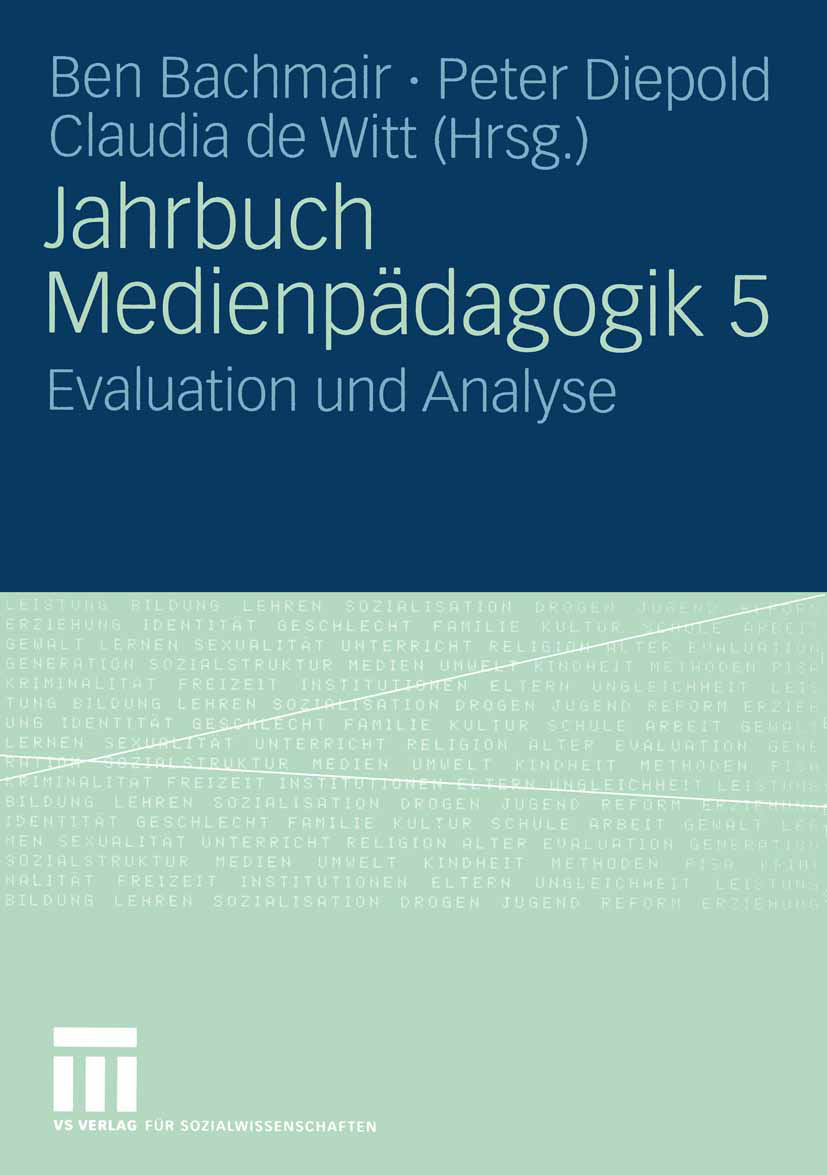Jahrbuch Medienpädagogik 5
, Articles
Qualitative Research Based On Own Productions With Media. Experiences From The Eu Research Project Chicam - Children In Communication About Migration
Articles
Published
2017-09-09
Horst Niesyto
Pädagogische Hochschule Ludwigsburg
Peter Holzwarth
Pädagogische Hochschule Zürich

